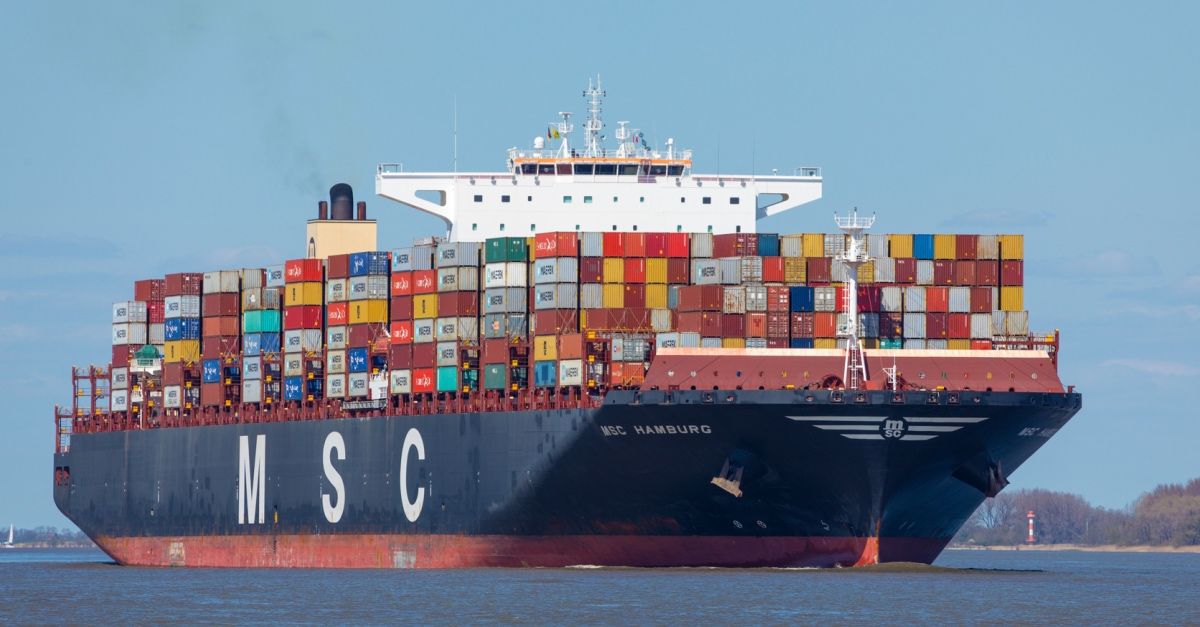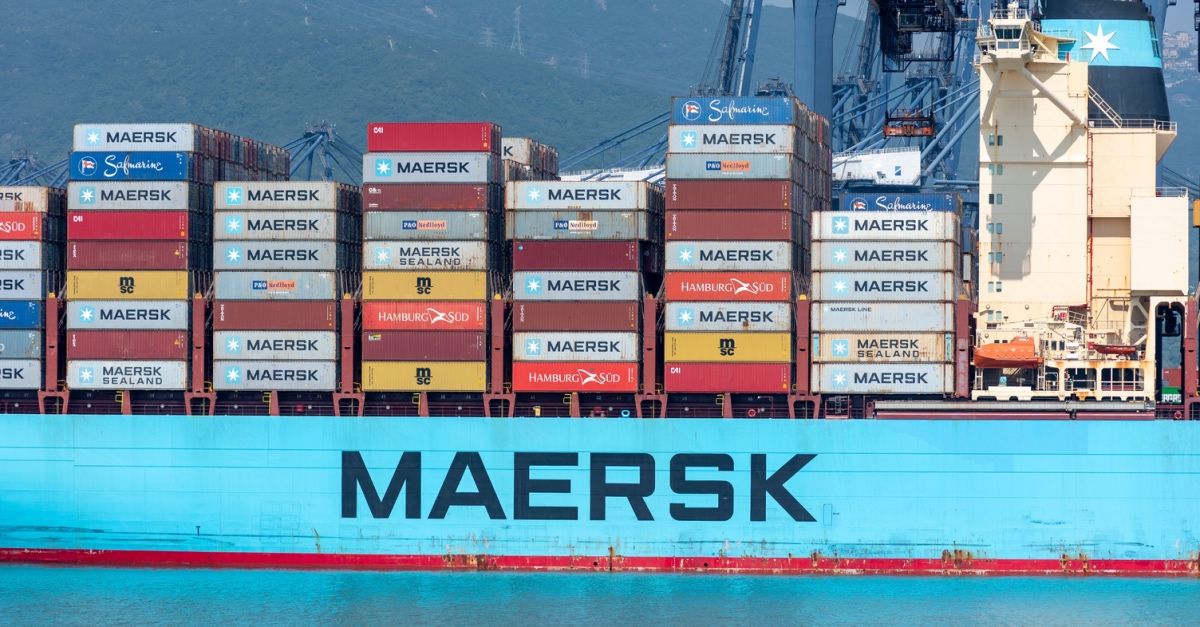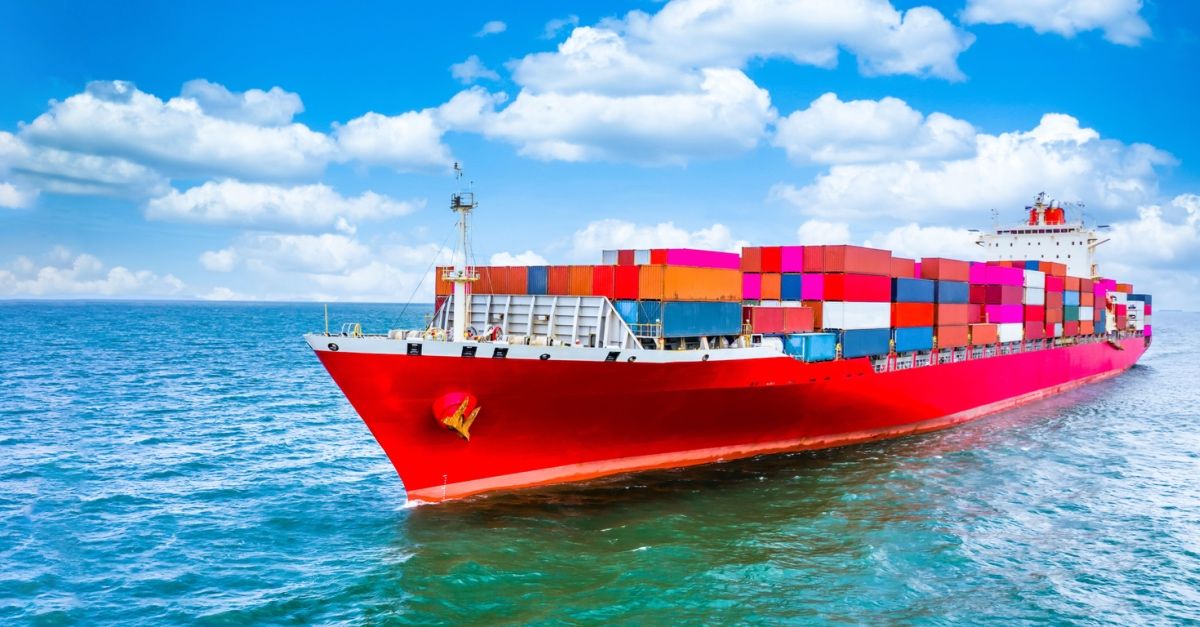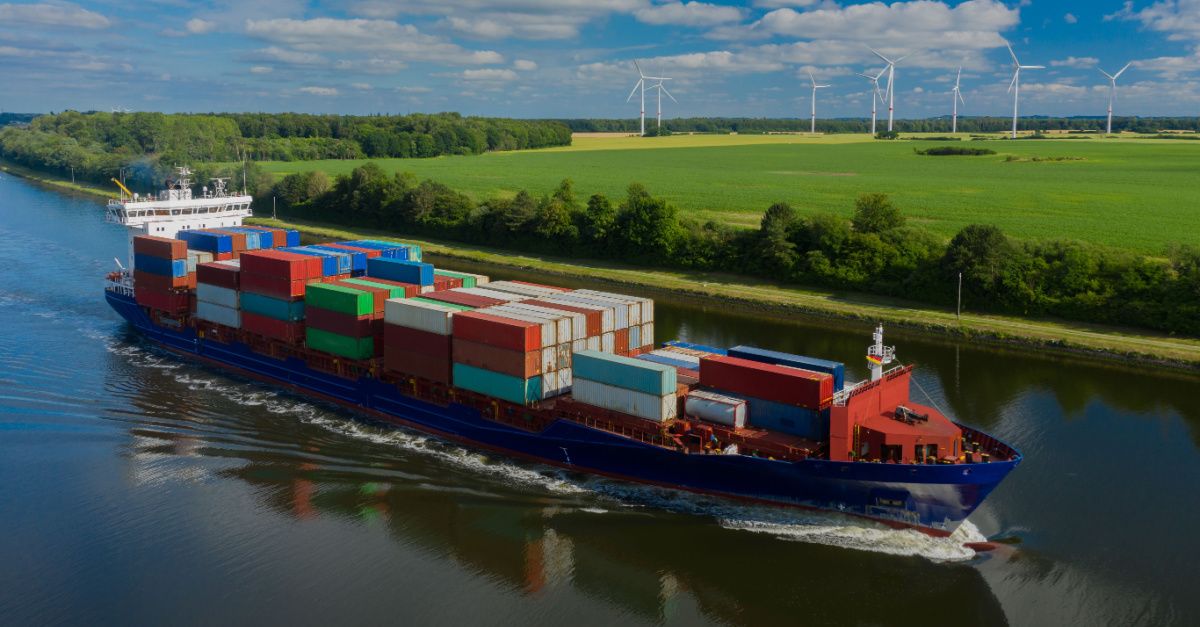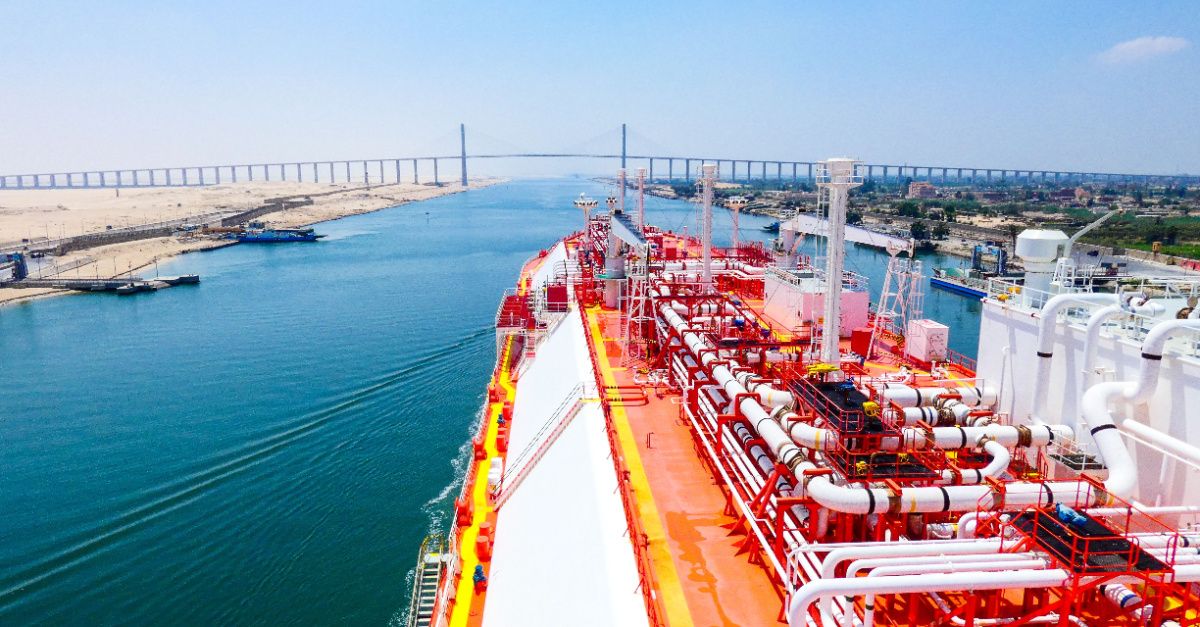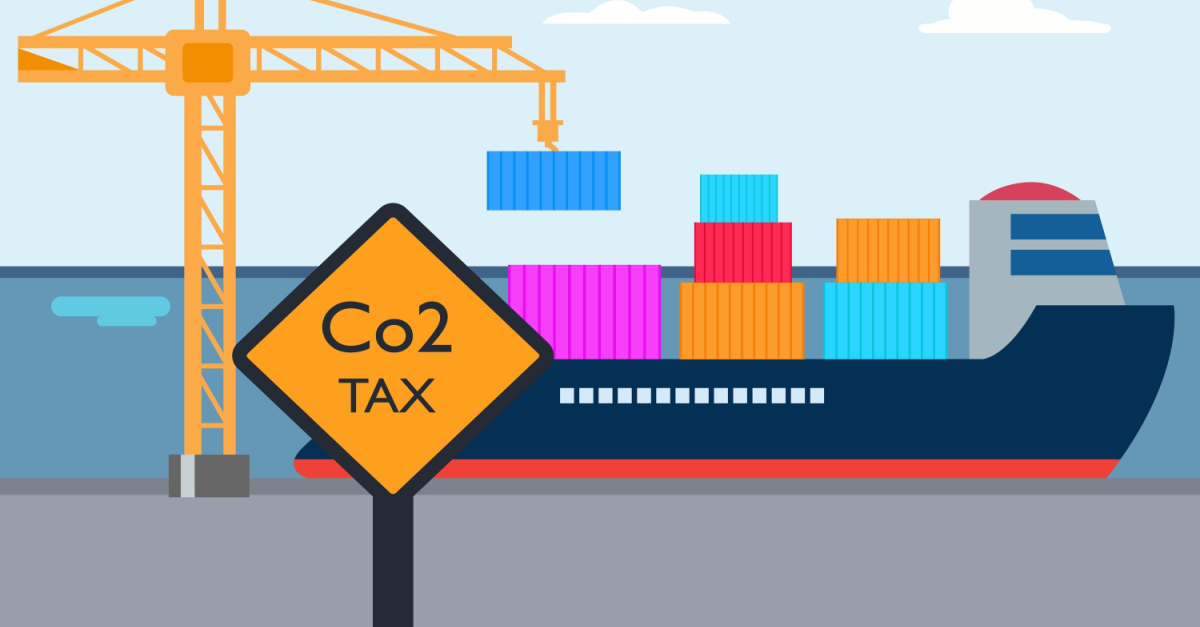As international courts weigh in on countries’ responsibilities to fight climate change, the European maritime sector seeks to cut supply chain emissions.
MSC Emissions: Understanding MSC’s Emissions Reduction Strategy
Searoutes’ API tools can help shippers navigate the EU emissions trading system as well as enable them to meet their company’s sustainability goals.
Maersk Emissions: Understanding Maersk’s Emissions Strategy
Understanding how Maersk and other carriers plan to implement emissions surcharges to comply with the EU ETS might seem daunting at first. But shippers can gain insight into this process through Searoutes.
The Complete Guide to EU ETS: Part 1
Under the EU’s emissions trading system, European shipping will now need to slash emissions. But complying with this mandate need not be a daunting task.
New Emissions Surcharges Highlight Need for Transparency
European container shipping is facing new emissions-related surcharges. But shippers could press for more transparent pricing mechanisms.
Supply Chain Emissions in Tender Season: Three Strategies for Sustainable Logistics
While the tender season is known for rate negotiations, it also serves as a great opportunity for parties to discuss how they can reduce supply chain emissions within the supply chain.
Greening the Supply Chain During Tender Season: A Shippers’ Checklist
Recognizing the impact of tender season decisions on the global environment is crucial. Shippers are no longer mere passengers; they are stewards of sustainable practices, contributing to reducing carbon footprints in the vast ocean of global supply chains.
Maritime Disruptions in the Red Sea: Building Sustainability in Times of Crisis
Ocean shippers are searching for new ways to get their goods from Asia to Europe after the Suez Canal has become effectively closed to international trade.
Navigating the Seas of Change: A Comprehensive Guide to Carbon Emission Regulations in Shipping
If it seems difficult to keep up with the latest carbon emission regulations and upcoming requirements, there is a reason: the world is in the middle of a shift from awareness of the need for sustainability to action. More governing bodies, both on the national and...
A Data-Driven Approach for Freight Forwarders to Lead with Decarbonization & Emission Reduction
As the world continues to wrestle with the challenges posed by climate change, the need for sustainable and environmental responsibility practices is becoming increasingly important. This is especially true in freight transportation, and freight forwarders are beginning to...

